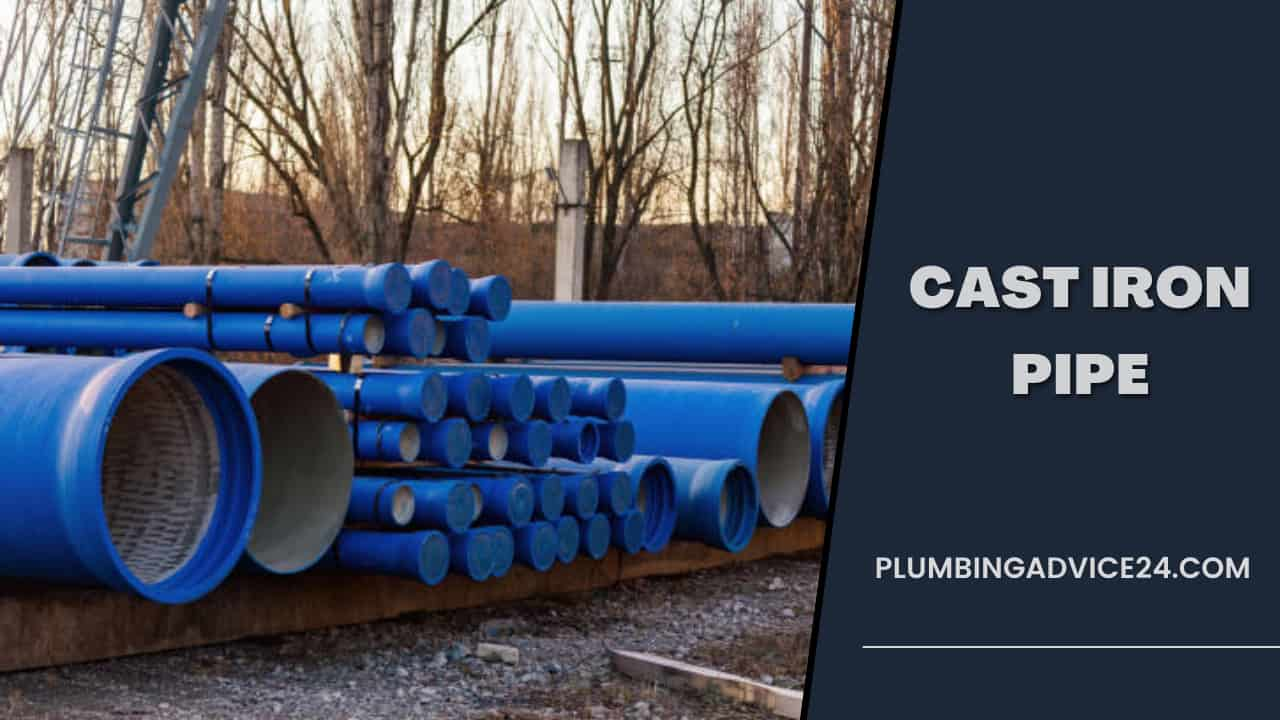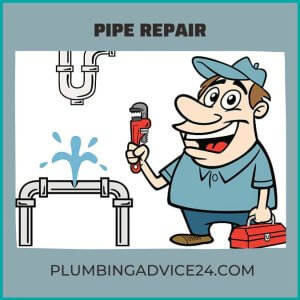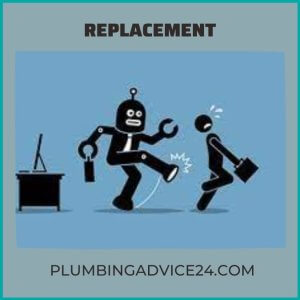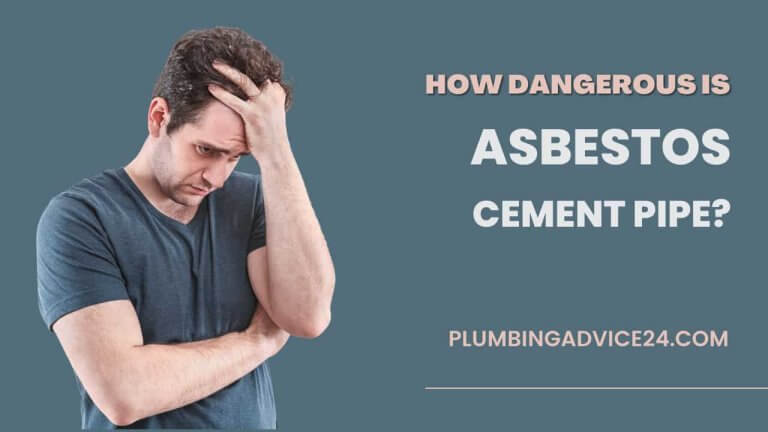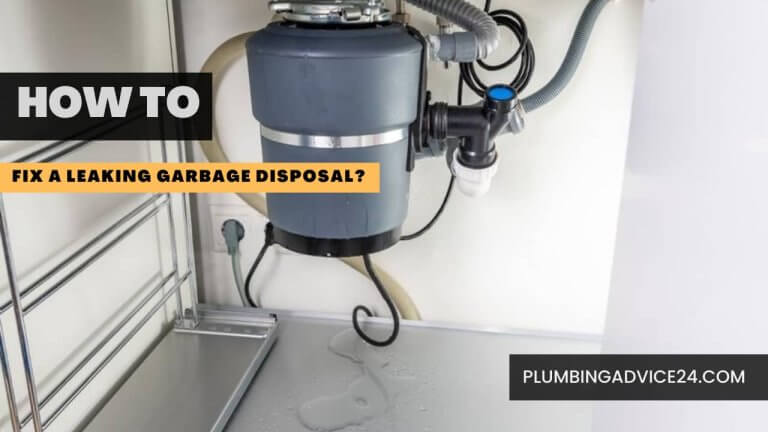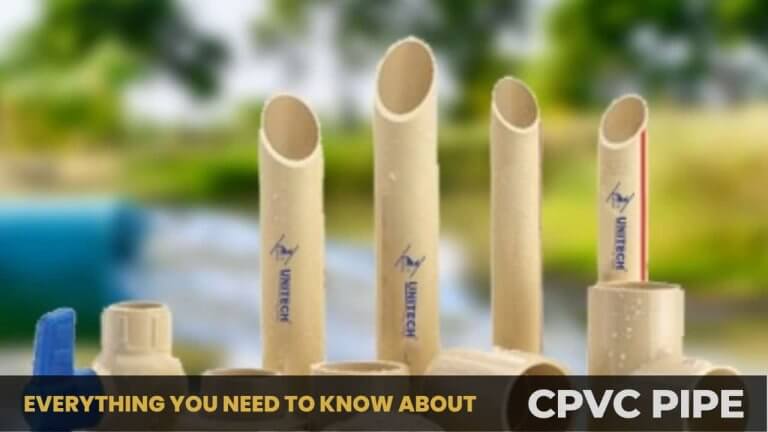What is Cast Iron Pipe | How to Repair Cast Iron Pipe | Cast Iron Pipe Replacement Cost
Cast iron pipe was used primarily as sewer pipelines from the 1970s to the early 1980s. You will see iron pipes as sewer lines in old houses built during this time or earlier, which will be cast-iron pipes.
Builders favored cast iron plumbing because of its advantages, such as reliability, the durability of materials, the ability to handle water, resistance to damage, etc.
Cast iron plumbing pipe materials did not face any competition until the 1970s, so these pipes were mainly used in sewer lines, but they do not appear to be installed in residential settings today.
Friends, in this chapter, we will discuss what cast iron pipes, when they are used is, cast iron plumbing issues, how to repair cast iron pipes, cast iron pipe repair and replacement cost, which pipes are done by, etc.
What Is a Cast Iron Pipe?
Cast iron pipes are pipes made from a type of gray cast iron that has been used for plumbing since the 17th century. They are made of iron and have historically been used from the 17th to 20th centuries as pressure pipes for water, gas, and sewer transmission and as water drainage pipes.
Cast iron pipes were first made using molds and held together with screws and joints. In large cities across the United States, cast iron pipes appear in underground sewer lines that may be decades old.
Cast iron pipes are still in service in many public utilities, private industries, and municipalities. At one time, these pipes were considered the gold standard of sewer piping, but now they are ending in their lifetime.
Cast iron pipes carried water for hundreds of miles at a time. These types of pipes were the strongest material used in the early sewer system. They were very difficult to damage because of their strong material, which made them widely used.
Must Read : What Is Plumbing Pipe | 22 Different Types of Plumbing pipes
What Are Cast Iron Plumbing Issues?
Cast iron pipes have been used in various water systems in the United States over the last hundred years, deteriorating over time. Their lifespan is only between 40 and 50 years. But they can start to develop problems even at the age of 25 under certain circumstances.
Cast iron pipes used in older homes are more likely to be damaged by tree roots. In some cases, the roots of the tree damage the cast iron material, resulting in the pipe leaking. Leaks can contaminate your water with fungus, rust, and bacteria and lead to black water. These leaking pipes can damage your floor or ceiling.
Backing up a sewer at home can expose you to harsh chemical additives, bacteria, and other harmful substances, which can damage your property as well as your health.
Cast iron pipe is susceptible to corrosion. Many residents want their insurance companies to cover costs related to the water damage caused by corrugated plumbing.
Cast pipes have been used for a long time because of their strength, but homeowners and builders now realize that cast iron pipes are no longer durable and there are better materials available today.
Must Read : Galvanized Pipe Problems and Their Solution | Alternatives to Replacing Galvanized Pipe
How to Repair Cast Iron Pipe?
If you have a leak or crack in a small part of the cast iron drain pipe, you can repair this pipe yourself. But if the problem is different, if there are leaks and cracks everywhere, you should call a professional plumber. Using cast iron pipe repair paste or plumber’s epoxy, you can fix small holes or leaks.
If your pipes are starting to deteriorate, you may prefer to look for damaged sections instead of replacing them immediately.
In the replacement option, professionals are relining pipes with epoxy-based materials, known as trenchless pipe repair. These pipe repairs make them easier and better to use. If the old pipes still have some degree of integrity, this is definitely better than cracking your slab. No need to wait if you want to do so.
Damaged pipes can lead to unclean, messy, and expensive repairs. If it is not repaired on time, it may cost more money in the long run.
Must Read : What Is a Copper Pipe | Types of Copper Pipes | Copper Pipe Cost | Copper Pipe Size
How Much Is Cast Iron Pipe Repair Cost?
You should understand that if you have a problem with cast iron pipes, it is not cheap. The typical price range for the cast iron sewer pipe repair is approximately 230 to $ 1,172. But if we consider the condition of the house, as these are under the ground due to having drain pipes, the cost can go up to $ 2,800.
Must Read : What Is a Sewer Line | Types of Sewer Pipes | Best Sewer Line Insurance Company
Cast Iron Pipe Replacement
Cast iron pipes eventually ceased to be used in the 1980s. They were replaced by polyvinyl chloride (PVC) plastic pipes. PVC has the strength needed to be durable for long-term use. It can be cheap and installed faster. Due to this, PVC pipes became the option of choice.
Must Read : What Is a PVC Pipe | How to Measure PVC Pipe Size | PVC Pipe Installation Cost
How Much Is Cast Iron Pipe Replacement Cost?
Replacing cast iron pipes with PVC pipes for sewer repairs can cost anywhere between $ 4,000- $ 15,000 for an average single-family home.
Replacing all plumbing in a 1,500-square-foot home can cost between $ 8,000 and $ 10,000.
Another $ 10,000 – $ 30,000 may be added if this includes water damage to your property.
In addition, If your home property is damaged by water, you will need to rebuild those parts of your home. This could add another $ 5000 to $ 15,000.
So you can see that it can cost you from $ 8,000 to $ 50,000 to fix the cast iron problem completely.
Must Read : Types of PVC Pipe | Difference Between Schedule 40 and Schedule 80
Advantages of Cast Iron Pipe
- Cast iron is a strong piping material with longevity and strength. 4″ diameter sewer pipe can withstand a pressure of about 5,000 pounds per linear foot.
- Cast iron pipes are resistant to fire, which makes them safer than other piping in the sewer lines.
- Municipal pipelines and commercial buildings across the U.S. still have cast iron pipes that are working just fine.
- Cast iron pipes can withstand extreme temperatures. It cannot be dissolved by most chemicals.
- Cast iron is often referred to as a quiet pipe due to its excellent sound suppression compared to PVC piping.
Disadvantages of Cast Iron Pipe
- A major disadvantage of cast iron is that it is susceptible to corrosion over time, which develops pores and causes leaks.
- Cast iron is very heavy, making it more difficult to install than regular PVC / ABS sewer pipes.
- The labor involved in making cast iron pipes is very intensive, which makes it an expensive option for most people.
- Cast iron pipes cause problems such as sewer backup, pest infestation, slow sewers, clogged sewers, water damage to the house, mold growth, etc.
- Most insurance companies do not cover the repair of cast iron pipes.
Must Read : Types of Metal Pipes | Seamless Vs Welded Pipes
How Long Does a Cast Iron Waste Pipe Last?
Cast iron waste pipes have been used in the United States over the last hundred years, deteriorating over time. Their lifespan is only between 40 and 50 years, but they can start to develop problems even at the age of 25 under certain circumstances.
What Is a Trenchless Sewer Pipe Repair?
Trenchless sewer repair is the process of repairing sewer pipes without digging and removing most of the flooring, foundation, and walls to expose the building’s pipes. Trench-free pipe repair helps to structurally restore an existing pipe internally using a failed or damaged pipe as a host.
How to Replacing Cast Iron Plumbing Stack?
Consider 4 steps to replace cast iron plumbing stack,
- Brace the stack
- Remove the broken pipe
- Cut the pipe to be replaced
- Replace old cast iron pipes with new pipes
Can You Attach Cast Iron Pipe to PVC?
Connecting cast iron sewer pipe to PVC is a great way to add a new waste line.
Make your PVC Y fitting for it. Using a regular Y, cut two lengths of PVC that slide into the end of the Y fitting, then hold the no-hub fitting that attaches the PVC to cast iron.
How Much Does It Cost to Changing Cast Iron Plumbing to Pvc?
Replacing cast iron pipes with PVC pipes for sewer repairs can cost anywhere between $ 4,000- $ 15,000 for an average single-family home.
Replacing all plumbing in a 1,500-square-foot home can cost between $ 8,000 and $ 10,000.
Another $ 10,000 – $ 30,000 may be added if this includes water damage to your property.
In addition, If your home property is damaged by water, you will need to rebuild those parts of your home. This could add another 5.00 to $ 15,000.
So you can see that it can cost you from $ 8,000 to $ 50,000 to completely fix the cast iron problem.
When Was Cast Iron Pipe Used?
Cast iron plumbing was used primarily as sewer pipelines from the 1970s to the early 1980s. You will see iron pipes as sewer lines in old houses built during this time or earlier, which will be ci pipes.
Builders favored ci pipes because of their advantages, such as reliability, the durability of materials, the ability to handle water, resistance to damage, etc.
Cast iron plumbing pipe materials did not face any competition until the 1970s, so these pipes were mainly used in sewer lines, but they do not appear to be installed in residential settings today.
Is Cast Iron Pipe Better Than Pvc?
Cast iron pipes are highly resistant to heat. But although they are strong, they can become brittle and break when blunt force trauma is applied. PVC is a more flexible material and can withstand these forces without breaking. In addition, PVC pipes are light in weight, making them easy to install.
Are Cast Iron Pipes Safe?
Since cast iron is made of metal, ordinary pipes can rust from the inside. Rust causes the clogging of pipelines. When sewage gets backed up into the home by clogging pipelines, it naturally invites unsanitary conditions that can be a health hazard.
If You Liked This Post? So Share It with Your Friends
Suggested Articles :
- What is PEX Pipe | What Is PEX Pipe Used For | How to Measure PEX Pipe | PEX Pipe Installation Cost
- What Is Brass Pipe | What Is Brass Pipe Used For | How to Measure Brass Pipes | Brass Pipe Cost
- What Is Steel Pipe | Steel Pipe Manufacturing Process | Steel Pipe Applications | Steel Pipe Size | Steel Pipe Cost
- What is CPVC Pipe | CPVC Pipe Applications | CPVC Pipe Size | CPVC Pipe Cost
- What is uPVC Pipe | uPVC Pipe Applications | uPVC Pipe Size | uPVC Pipe Cost
- What is Plumbing Tools | 31 Types of Plumbing Hand Tools
- What Is Plumbing Trap | 15 Different Types of Plumbing Traps
- What Is Pipe Fittings | 12 Types of Pipe Fittings
- What Type of Piping Is Used in Homes | Types of Pipes for Water Supply

